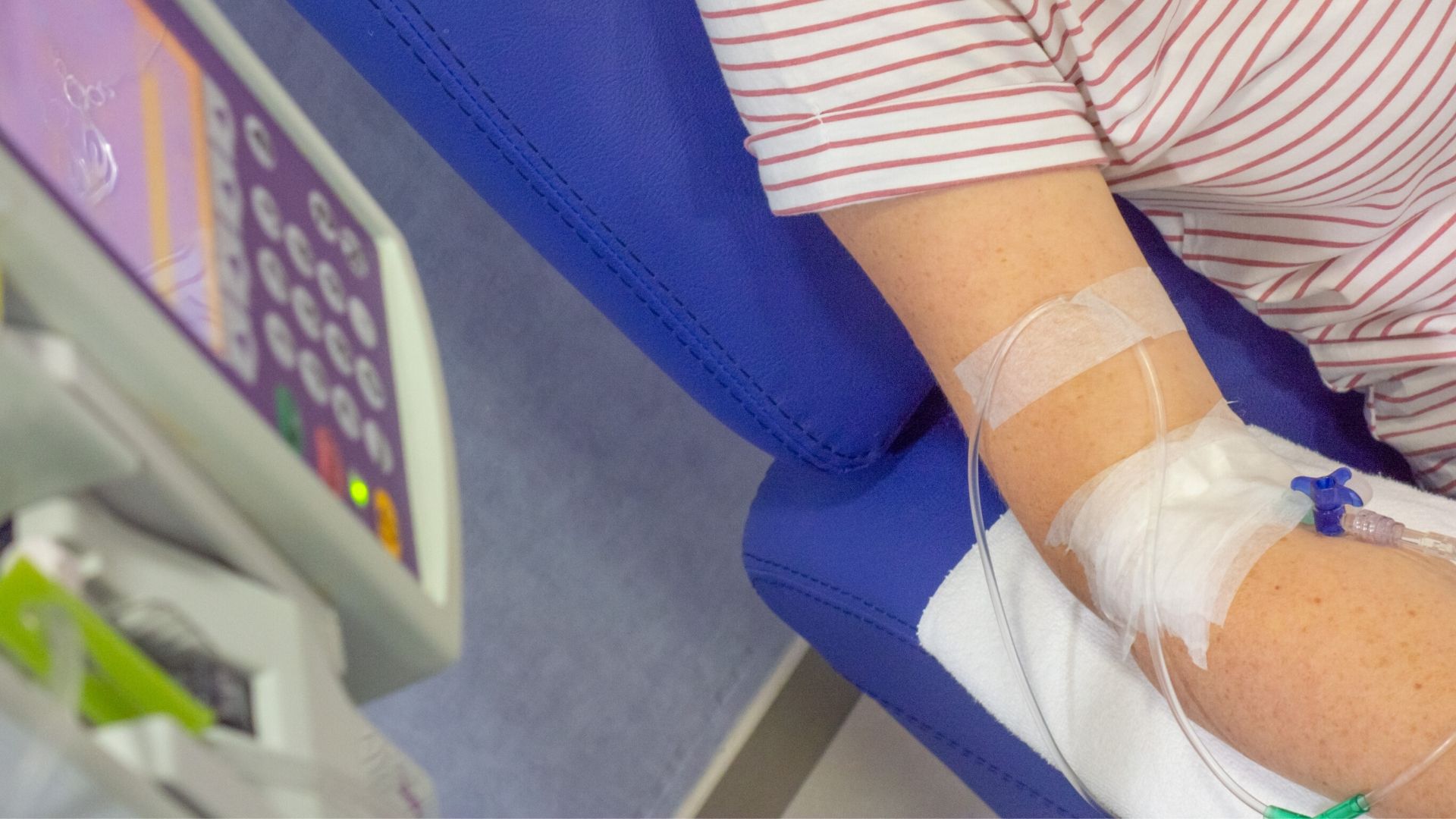How is MDS treated?

You may not need active treatment if your MDS is not causing symptoms. In this case, you will have regular check ups instead. If your disease changes, you can then start treatment. The main treatments are:
- Non-intensive treatment: Treatment, usually with targeted therapy drugs, to slow down the growth of MDS, rather than cure it.
- Intensive chemotherapy: High-dose chemotherapy to try to destroy the abnormal blood cells.
- Stem cell transplant: Transplanting healthy stem cells into your body after very high doses of chemotherapy (and possibly radiotherapy), with the aim of curing MDS.
What treatment will I have?
The best treatment for you will depend on:
- The type of MDS
- Your IPSS-R score. See here for more information.
- Your age
- How the disease is affecting you
- Your general fitness
- Your own wishes
You will also have treatment to help with any of the symptoms of your MDS, such as anaemia, infections or bleeding / bruising. This is called supportive care.
Checking your MDS
Throughout your treatments, you will have blood tests regularly to check your blood count. Bone marrow tests may be needed from time to time to check the stage of your disease. Your doctors will let you know the results of all these tests. Depending on the results, your doctors may need to make changes to your treatment.
If your disease goes into remission you will still go to the hospital for regular check-ups.
For more information
Phone
1800 200 700




